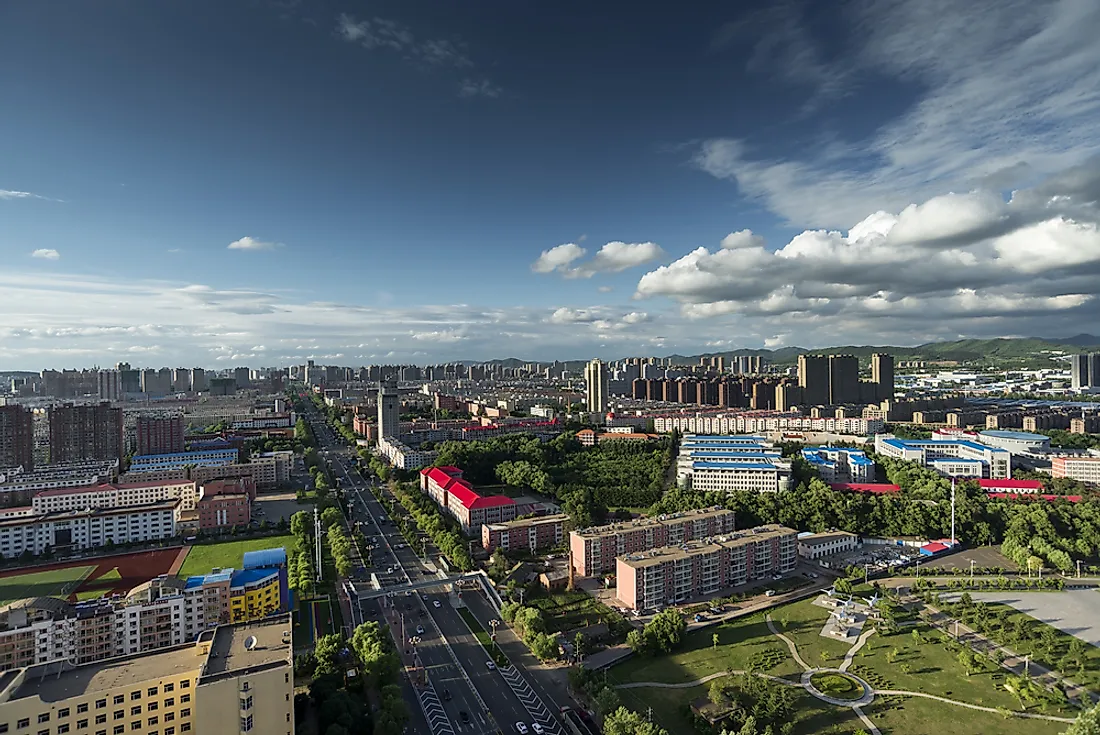What Were The 2005 Jilin Chemical Plant Explosions?

On Sunday, November 13, 2005, explosions occurred in China’s No. 101 petrochemical plant in Jilin City. The explosions lasted an hour, killed six people, and injured more than seventy. This event came to be known as the 2005 Jilin Chemical Plant Explosions.
Two days after the explosions, the cause of the explosions was determined. The accident resulted from a blockage at one of the nitration towers at the benzene production branch that was not handled properly. The channel blocked and a worker attempted to unblock it to no avail leading to the explosions. The blasts from the explosions were so powerful that they shattered windows over a wide radius of one hundred to two hundred meters. Six people died, more than seventy people were injured, and tens of thousands were evacuated due to the fear of possible chemical contaminations and further blasts. Among those evacuated were local residents and students of the Jilin institute of Chemical Technology and those of the North campus of Beihua University. The fires were so fierce that they were not put out until the morning of the next day, November 14, 2005.
Water Pollution
Consequent to the explosions, over one hundred tons of pollutants containing toxins among them benzene and nitrobenzene made their way through the Songhua river, a tributary of Amur River. In the Songhua River, the pollutants passed through several cities and counties in Jilin province. It then proceeded to the Heilongjiang province adversely affecting it and its capital, Harbin. The slick transversed the eastern part of the Heilongjiang through Jiamusi city and into the Amur River, at the border between China and Russia. At one time, the amount of benzene in the Amur River was recorded as 108 times above the national safety standards. The toxic sleek then passed through several regions in Russia, such as the Jewish Autonomous Oblast and the Russian Far East regions of Khabarovsk Krai, specifically the Khabarovsk and Komsomolsk-on-Amur cities. The slack then exited through the Strait of Tartary before making its way into the Pacific Ocean. Among the areas affected by water pollution were;
Effects On Jilin City
On the day of the explosions, a water plant in Jilin City was shut down. Around the same time, several hydropower stations upstream began releasing more water in attempts to dilute the chemical that had flown in the Songhua River. On November 15, water supply from Songhua River was suspended while other water supplies were suspended on November 18. The water supplies were restored on November 23.
Effects On The Heilongjiang Province
Being largely dependent on the Songhua River for its water supply, Harbin, the capital of Heilongjiang, was adversely affected with the local Harbin government announcing a shutdown of the waters systems for maintenance on November 21. Other water supplies in the city had been shut down earlier with no explanation from the local government of Harbin resulting to panic among the residents of the city.
Effects On Russia
Around December 16, the toxic slick made its way into Russia affecting its city of Khabarovsk. At this point, the slick was significantly diluted. However, Russia was prepared for the pollution with extra wells dug and residents instructed to store water before the slick reached the city.











